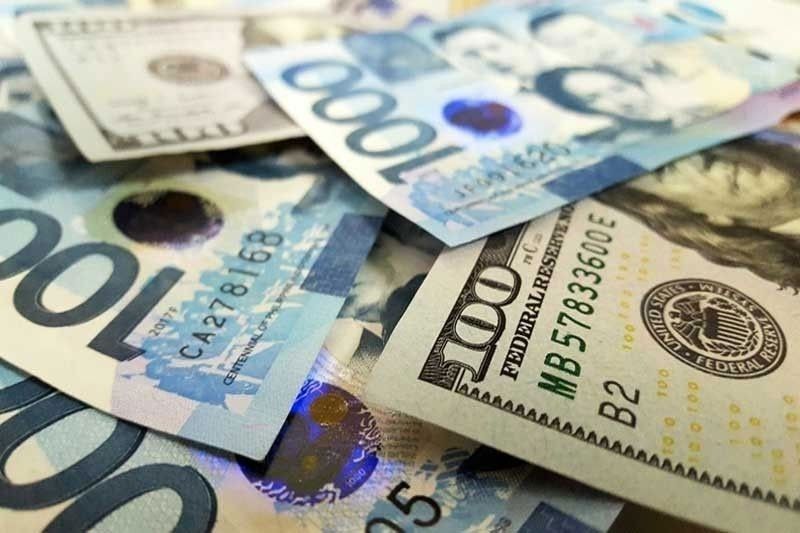Trade gap widens as imports rebound

MANILA, Philippines — The country’s balance of trade widened its deficit in February as imports broke out of a 21-month slump and exports continued to decline, the Philippine Statistics Authority (PSA) said.
The trade deficit reached $2.29 billion in February, up 16.5 percent from $1.97 billion last year.
Imports grew for the first time in 21 months by 2.7 percent, bringing the total import value to $7.6 billion.
However, the slide in exports continued, from 2.3 percent in February to $5.31 billion, with most export destinations posting lower orders.
ING Bank senior economist Nicholas Mapa said inbound shipment of goods and services would continue to expand in the coming months, benefiting from a favorable base as manufacturers replenish depleted inventories.
Most import sectors expanded during the month, led by raw materials, capital goods, and consumer imports. China is still the country’s biggest supplier of imported goods at $1.9 billion, or almost 25 percent of total.
“However, the rebound in imports may be more a result of base effects rather than a true recovery for the sector, with the economy still stuck in recession amid an ongoing lockdown with daily COVID-19 infections spiking in March,” Mapa said.
Union Bank of the Philippines chief economist Ruben Carlo Asuncion said that the growth in imports indicates that firms have returned to production and manufacturing to address resumption of local demand.
“These are good signs. What is significant here is that we now see clear recovery of the external environment. It is small but it is somehow on its way,” he said.
Despite growth in raw materials and capital goods, Mapa noted that overall investment activity in the Philippines remains soft, with corporates and households postponing expansion activities until the economic outlook improves.
Asuncion also cautioned on the ongoing enhanced community quarantine in Metro Manila and nearby provinces which would likely weigh on trade in the coming months.
He said significant disruption is unlikely considering that all essential trade platforms were kept open but a slight decline is still expected as soon as restrictions are eventually eased.
Meanwhile, total exports for February fell even as electronic products, the country’s top export, registered a marginal increase of 0.4 percent to $2.98 billion.
Other exports showed weakness in February particularly copper, which went down 24.8 percent. Other manufactured goods also slid 2.2 percent and machinery and transport equipment at 4.1 percent.
The top 10 export destinations of the Philippines declined by a total of 3.1 percent to $4.33 billion. Double-digit decline was noted in exports to Asian markets including Singapore, Korea, Taiwan and Malaysia.
The US remains the top export destination totaling $896 million, or 17 percent of total exports.
Mapa said exports may face continued challenges in the near term with global trade expected to take a hit after some countries reinstated lockdowns to deal with spiking COVID-19 cases.
Despite this, he added that the trade deficit would remain modest compared to pre-COVID-19 averages at $2.9 billion, which should translate to a current account surplus and near-term support for the Philippine peso.
- Latest
- Trending































